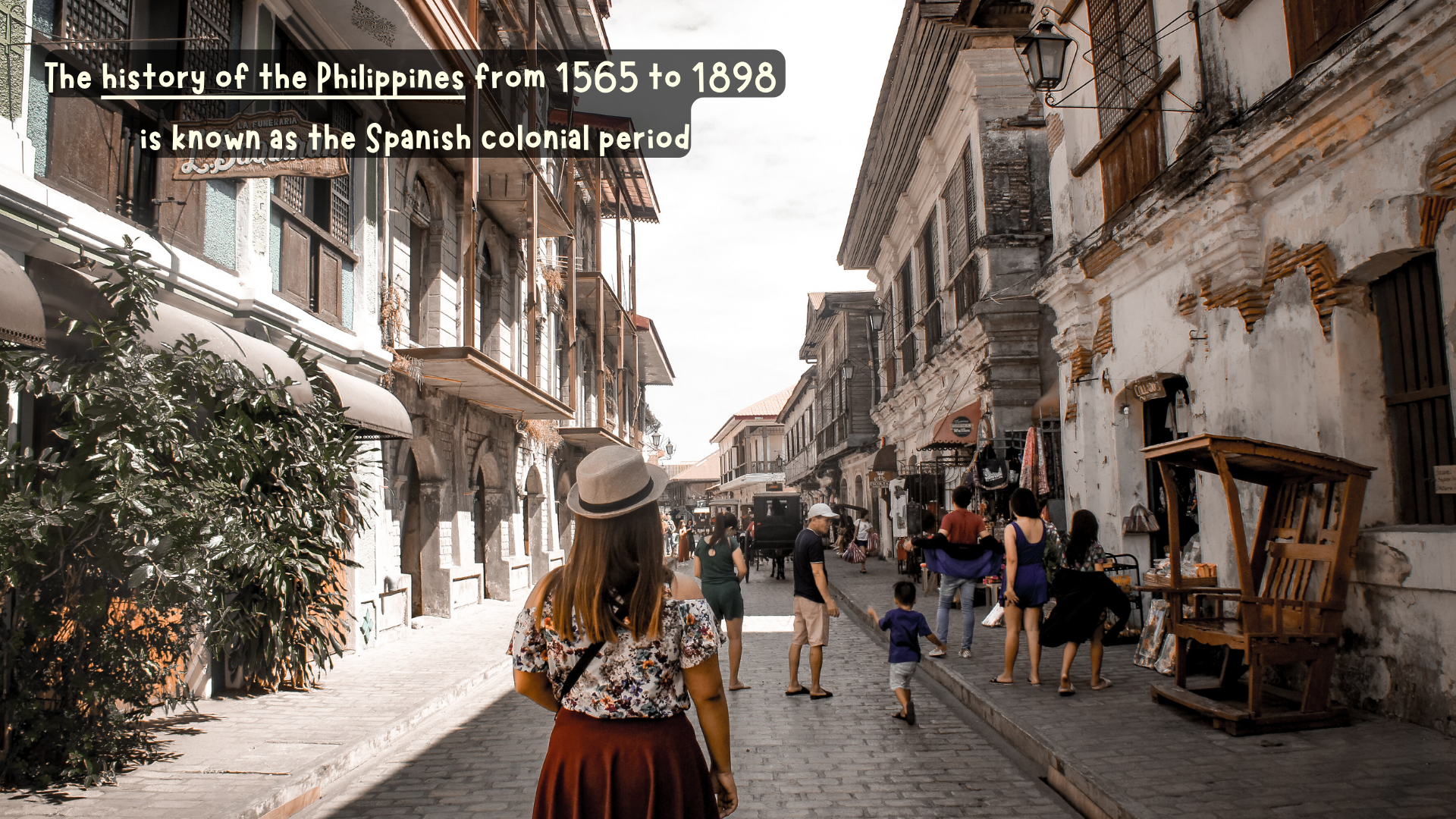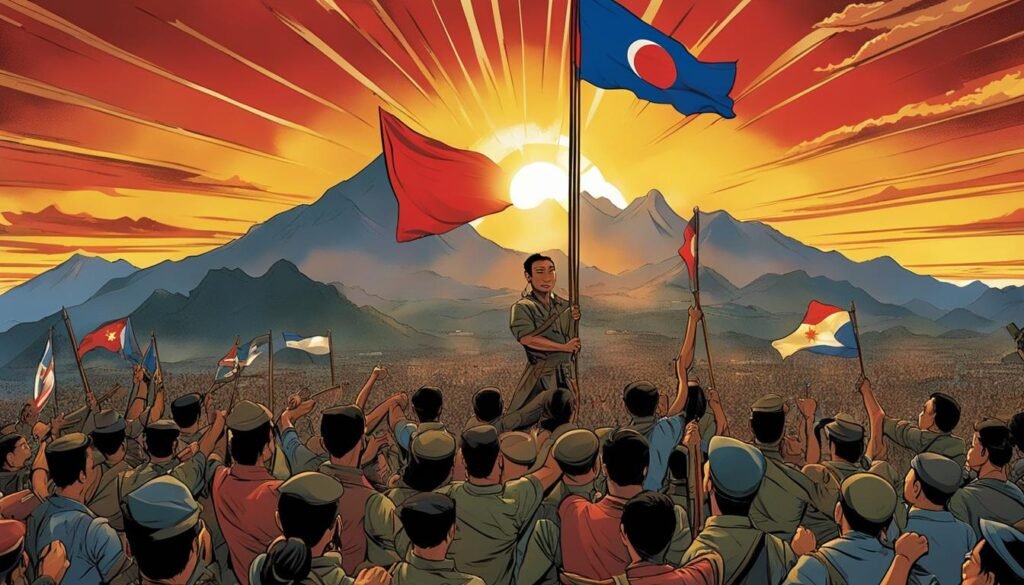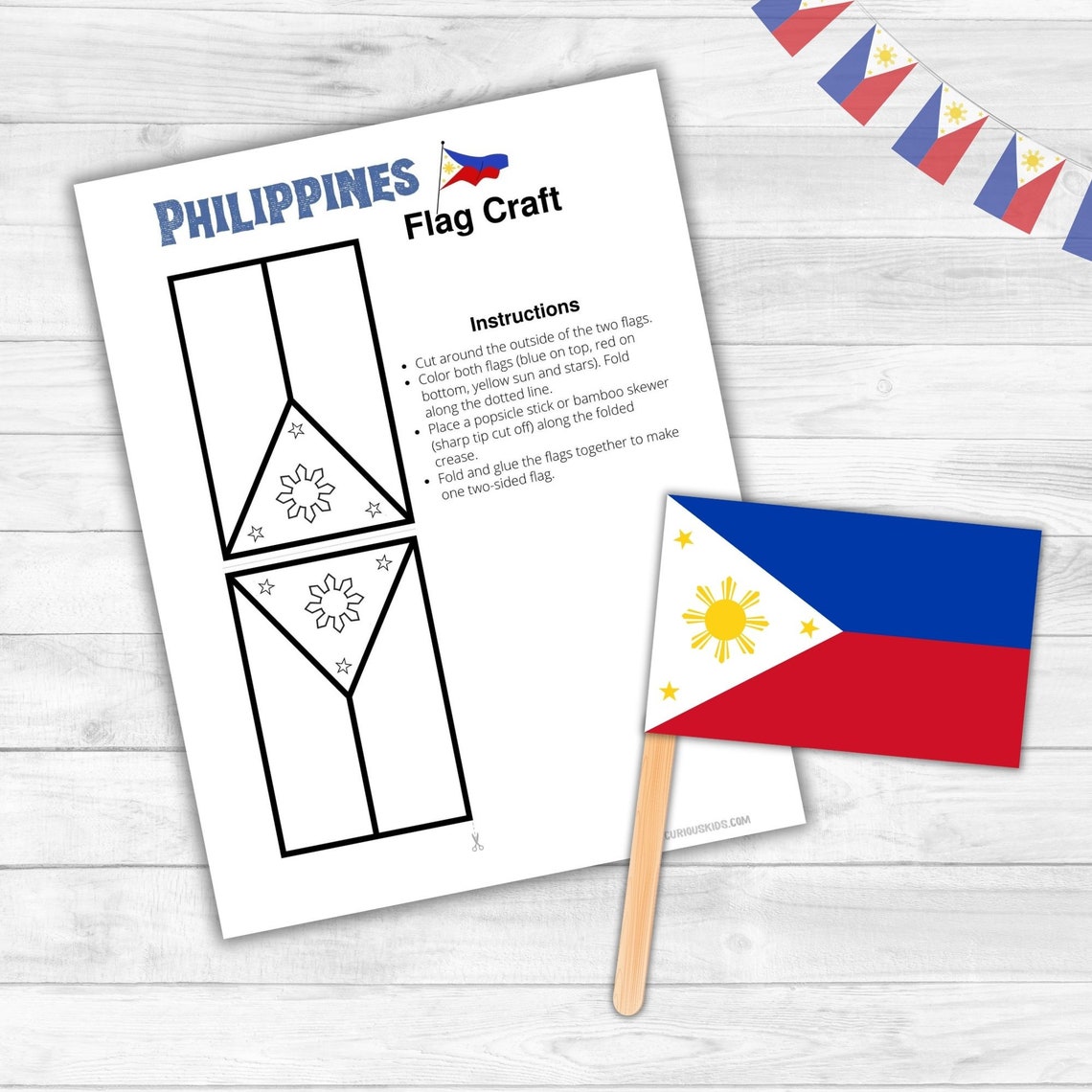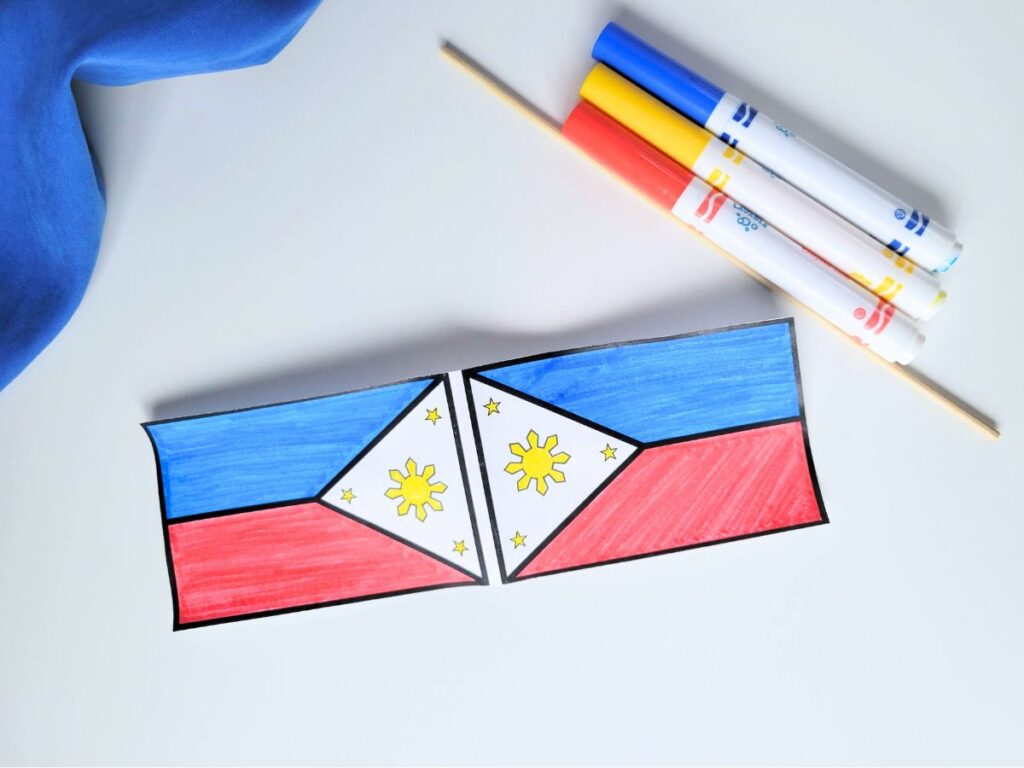
The history of the Philippines spans from prehistoric times to the present, marked by various migrations, interactions with other cultures, and periods of colonial rule and independence. The archipelago was initially populated by indigenous groups who traded with China, India, and the Malay Peninsula. Later, the Spanish colonized the Philippines for over 300 years, followed by a period under US rule. After World War II, the Philippines achieved independence and has since navigated various political and social challenges.

Pre-Colonial Period:
- Indigenous groups inhabited the Philippines, engaging in trade and cultural exchange with neighboring regions.
- Early societal structures developed, with local barangays ruled by chieftains.
- Religion and belief systems were largely animistic, with reverence for nature and the spirits.
• Agriculture and seafaring were prominent economic activities
https://en.wikipedia.org/wiki/Cultural_achievements_of_pre-colonial_Philippines

Spanish Colonial Period (1565-1898):
- The Philippines was colonized by Spain, with the islands named after King Philip II.
- The Spanish introduced Catholicism and a hierarchical social structure.
- A strong Spanish presence influenced Filipino culture, language, and religion.
• The Philippine Revolution in 1899 led to the declaration of the First Philippine Republic
https://en.wikipedia.org/wiki/Spanish_colonial_fortifications_in_the_Philippines
s
American Colonial Period (1898-1946):
- The Philippines was ceded to the United States following the Spanish-American War.
- The US implemented a system of education and infrastructure development.
- The Philippine-American War broke out after the United States refused to recognize the First Philippine Republic.
- The Philippines became a self-governing commonwealth in 1935 but was later invaded by Japan
https://en.wikipedia.org/wiki/Americans_in_the_Philippines

Post-Independence:
- The Republic of the Philippines was proclaimed in 1946 after the liberation from Japan.
- The country has experienced various challenges, including martial law under President Marcos and the People Power Revolution of 1986.
• The Philippines continues to navigate economic, social, and political issues in the modern era

The First Baptism in the Philippines
The first baptisms in the Philippines took place in Cebu on April 14, 1521, when Rajah Humabon, his wife Hara Humamay, and about 800 of their followers were baptized by Father Pedro de Valderrama, the chaplain of Ferdinand Magellan’s expedition. This event marked the beginning of Christianity in the Philippines, and Magellan gave Queen Juana an image of the Child Jesus as a gift,

Details:
- Date: April 14, 1521.
- Location: Cebu, Philippines.
- Initiators: Ferdinand Magellan’s expedition, specifically Father Pedro de Valderrama, the expedition chaplain.
- Participants: Rajah Humabon, Hara Humamay (his wife), and approximately 800 natives of Cebu.
- Significance: The first documented introduction of Christianity to the Philippines.
- Historical Context: The baptism took place shortly after Magellan’s expedition arrived in Cebu.
- Follow-up: Humabon and Humamay were given Christian names (Carlos and Juana, respectively).
- Legacy: The event is commemorated in various ways, including the designation of the Santo Niño church in Cebu as a Basilica Minor, and the annual Sinulog festival in Cebu
song about Phhilippine revolutionary
Alerta, Katipunan (On the Alert, Katipunan)

|
TAGALOG Alerta, Katipunan! Sa bundok ang tahanan Doon mararanasan ang hirap ng katawan. Walang unan, walang kumot, walang banig sa pagtulog. Inuunan pa ay ang gulok, Abanseng katakut-takot! 2. Alerta, Katipunan! Bathin ang kahirapan. Pag-ibayuhin ang tapang kahit mamatay sa laban! Layon nati’y itaguyod, baya’y tubusin at itampok! Hayo na’t tayo’y makipaghamok, Abanseng katakut-takot! |
ENGLISH Alert, Katipunan! The mountains are our domain. That’s where our bodies will experience fatigue. No pillow, no blanket, no sleeping mat. Instead the sword was pillowed, A monstrous advance! 2. Alert, Katipunan! Endure the pain. Double your courage, even on the verge of death in battle! Promote our goal, liberate and give prominence to our nation! So let’s go and fight together, A frightening advance! |
https://youtu.be/qjDtRV5Gw9k?si=6quIIPyPMced7uhA
How to make Philippines Flag.
* Cut around the outside of the two flags.
* Color both flags (blue on top, red on bottom, yellow sun and stars). Fold along the dotted line.
* Place a popsicle stick or bamboo skewe (sharp tip cut off) along the folded crease.
* Fold and glue the flags together to make one two-sided flag.


This is a craft that is so simple to make, but kids absolutely love it!


